The Peregrine Falcon
Key Choices
In case you’ve seen a Peregrine a time or two, you possibly have a psychological picture of this rooster’s crisp silhouette. Zipping by the sky overhead, you see a medium-sized raptor with elegant wings (watch). These taper to sharp components. The rooster’s wing beats are deep and fluid. Its tail is on the long-ish aspect. Seeing this kind alone is also enough so as to set up a Peregrine Falcon.
This rooster is roughly the scale of a crow. Female Peregrine Falcons are bigger than males. Falcons along with completely different birds of prey normally current this kind of dimension distinction between the sexes. This generally is a sort of sexual dimorphism. In most completely different sorts of birds, the male is the larger intercourse.
Our falcon’s wings, as I mentioned, taper to a neat stage. The sickle type of the wings make them superbly-adapted for fast flight and aerial agility. We see an equivalent wing type in swallows, swifts, plovers, and completely different speedy fliers. Peregrine’s routinely zoom spherical at 30-50 miles per hour, which is 48-80 kilometers per hour. That’s as soon as they’re not even truly attempting to go fast.
There’s amount of variation in plumage colors and patterns internationally’s Peregrine Falcon populations. Nonetheless the standard model comes with a slaty blue-gray greater aspect with a white to buff underside. There are sometimes efficient, darkish bars or spots on the breast and abdomen as successfully.
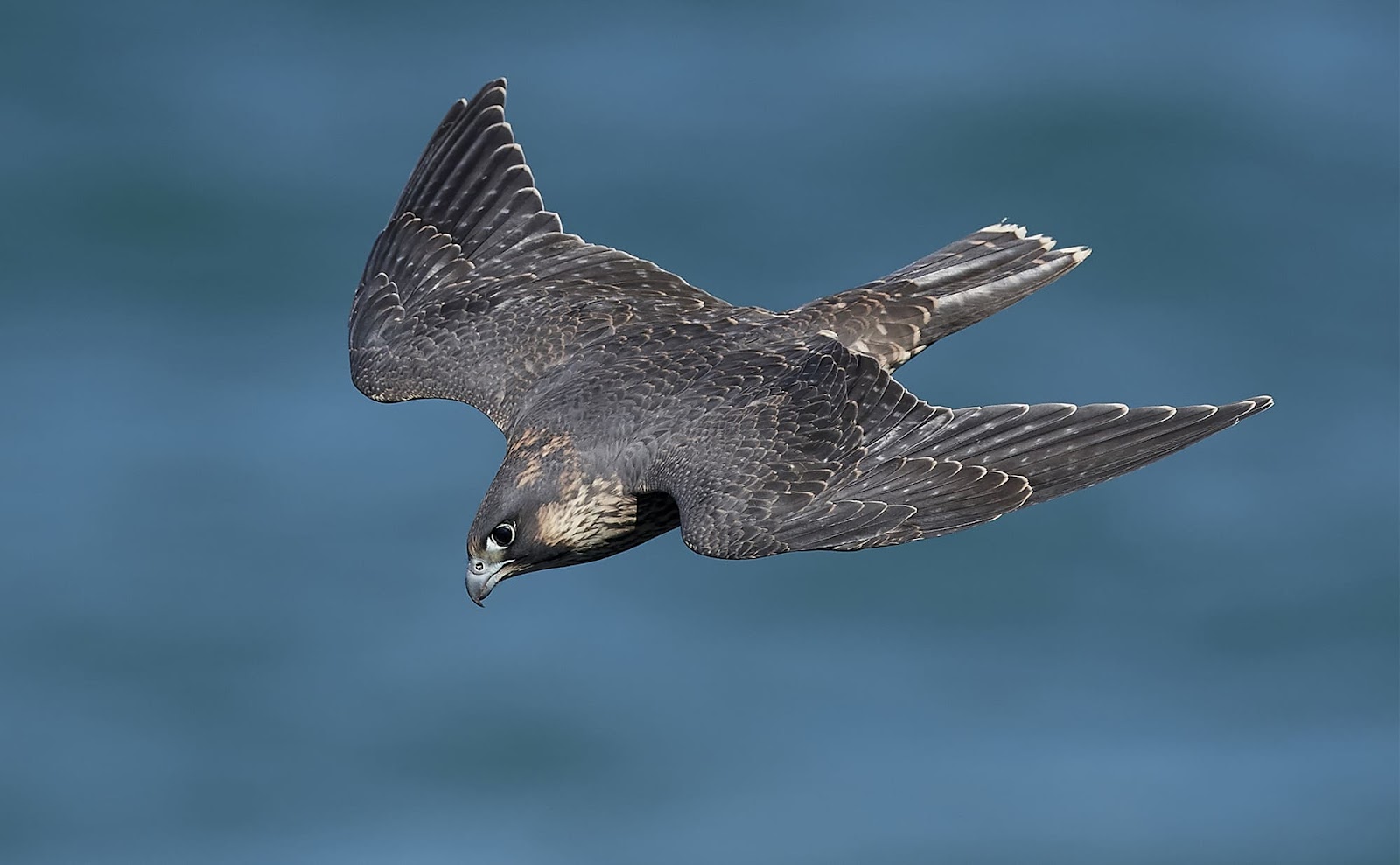
The top and facial markings of this rooster are pretty placing. It seems want it’s carrying a darkish gray helmet. Like these historic Greek helmets with metal plates that defend the cheeks. Or like a gladiator’s helmet.
There are darkish feathers on the crown that attain throughout the attention and downward to the chin. The half beneath the eye is known as a malar stripe. In some populations these markings are slim and stripe-like, in several populations they unfold out to cowl the whole cheek.
One hypothesis is that these malar stripes work the equivalent methodology as a result of the ‘eye black’ grease utilized by soccer avid gamers, baseball avid gamers, and completely different sportspeople. Eye black supposedly reduces glare from the photo voltaic. However it seems there isn’t very strong scientific proof to help this—in athletes, or falcons, or cheetahs, for that matter, which even have markings like this.
The keen eyes of a Peregrine Falcon are large and, dare I say, expressive. They’re a rich brown shade and are surrounded by contrasting yellow eyelids and facial pores and pores and skin.
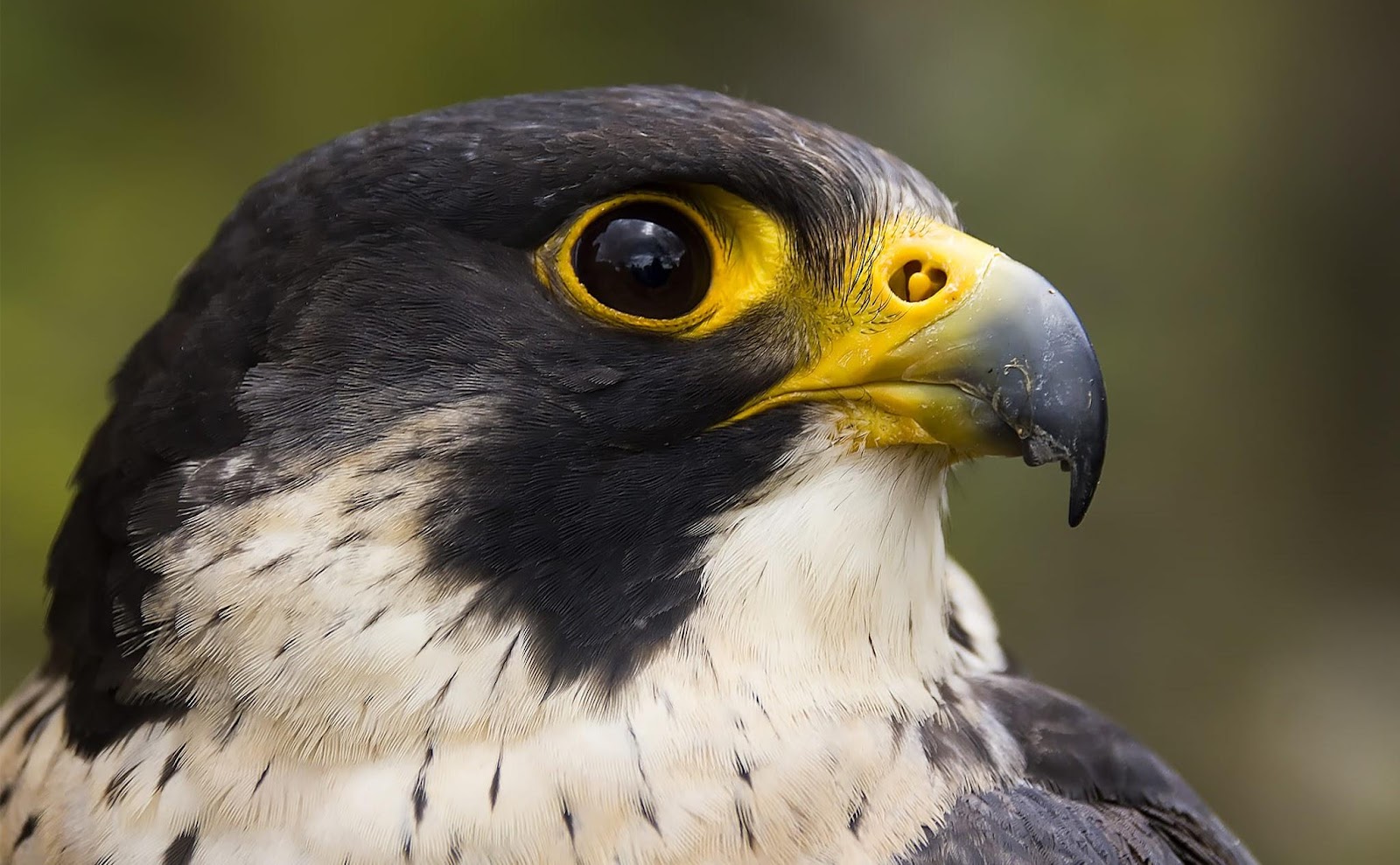
The upper part of the beak is sharply hooked, as you will anticipate for a raptor. Nonetheless within the occasion you look rigorously at it you’ll uncover a selected bonus operate. Near the tip, there’s what seems like a bit bit fang on each aspect. That’s known as a tomial tooth. The phrase tomial comes from the technical title for the slicing fringe of a rooster’s beak: the tomium. There’s a corresponding notch on the lower bill that the tomial tooth slots into when the bill is closed.
Now, this isn’t an exact tooth, like what you’ll have in your mouth. No dwelling rooster has that sort of tooth. The tomial tooth is just a specialised protrusion of the upper beak’s keratin sheath. All falcons have tomial tooth. We’ll talk about what they’re used for in solely a bit.
As for various key choices of the Peregrine Falcon… the best way through which it catches its prey is extreme on the document of points that make you go “wow!” If there’s one issue most people find out about this rooster it’s this: the Peregrine Falcon is the quickest animal on the planet.
This falcon eats completely different birds. That’s its issue. And to catch birds throughout the air you may wish to be fast and also you may wish to be maneuverable. Peregrines are every. We’ll come once more in a few minutes to take a look at the details of how these falcons hunt.
Evolution and Selection
Peregrines are throughout the family Falconidae. This family incorporates about 65 species of falcons, kestrels, and caracaras. Many rooster topic guides are organized taxonomically, with additional primitive/historic rooster households at first and additional recently-evolved birds in the direction of the highest. Once more throughout the day—actually not that means again—topic guides confirmed falcons correct subsequent to completely different diurnal birds of prey like hawks and eagles.
However plainly falcons shouldn’t rigorously related to hawks and eagles. They are much additional rigorously related to, think about it or not, parrots. Certain, parrots. Optimistic enough my Second Model copy of Sibley Birds West proper right here, printed in 2016, has woodpeckers, then falcons, then parrots. Falcons are nowhere near hawks and eagles.
This reconfiguration was spurred by a sequence of analysis printed between 2006 and 2014. They used genetic information from DNA to research the evolutionary relationships among the many many world’s rooster households. The outcomes of those analysis gave us an improved understanding of which birds are related to which.
Avian taxonomy on the family stage is an lively house of research and additional rearrangements are possibly in our future. However it’s pretty clear that falcons and hawks shouldn’t even cousins. These birds look comparable principally on account of pure selection has honed them over tens of hundreds of thousands of years, making them into greater killing machines. These two, unrelated households have developed independently to share some variations for dwelling as feathered predators. So it’s a lovely occasion of convergent evolution. Two unrelated organisms have ended up with comparable choices on account of they face comparable pressures under pure selection.
Okay, let’s get once more to merely the one species, our Peregrine Falcon. This rooster lives all internationally, correct? It’s no shock, then, that it displays some geographic variation in look all through its large differ. Via the years, an insane number of subspecies have been named for the Peregrine Falcon—about 75 all instructed. Nonetheless most of them have now been “canceled” and we’re left with about 19 accepted subspecies. That’s nonetheless fairly a bit! Amongst these subspecies we now have South American, Tundra, Mediterranean, African, Australian, and so forth. The subspecies have distinct, nevertheless typically refined, plumage colorations that set them apart. Some are additional pale, some sport additional reddish hues, some have completely completely different patterns of barring on their bellies, and so forth.
Quite a few analysis, printed between 2006 and 2018, used genetic information from DNA to take a look on the evolutionary relationships among the many many Peregrine Falcon subspecies. The outcomes of these analysis confirmed that there are genetic variations between at least among the many subspecies. Nonetheless the variations aren’t huge. Probably the most positively rationalization for the low stage of subspecies distinctiveness on the genetic stage is that the Peregrine Falcon has solely not too way back unfold internationally, possibly as a result of the end of the ultimate Ice Age about 10,000 years prior to now. Evolutionarily, that’s not very so much time the least bit. Not enough time for Peregrine populations dwelling in quite a few components of the world to construct up a bunch of genetic variations. Perhaps by using larger choice genetic information, like full genome sequences, biologists will finally detect additional genetic variations between these subspecies.
Distribution and Habitat
When talking regarding the geographic differ of the Peregrine Falcon, we shouldn’t ask ‘the place does it dwell?’ The question must be ‘the place doesn’t it dwell?’ A handful of rooster species are said to be “cosmopolitan.” on this context means “found in every single place on the planet.” The Peregrine Falcon is the correct occasion of a cosmopolitan species. In actuality, no completely different rooster has a wider differ than the Peregrine. And, it’s utterly named; the title Peregrine comes from the Latin phrase for foreigner or traveler.
So the place else doesn’t the Peregrine Falcon dwell? There are some large gaps in its distribution. It doesn’t dwell throughout the large grasslands of North America or Central Asia. Nor does it dwell throughout the Sahara Desert, the Amazon Basin, or the glaciated within Greenland
Now dig this: regardless that these falcons dwell in far-flung areas like Fiji they normally’ve started exhibiting up on the far more isolated islands of Hawaii, they aren’t current in New Zealand. How weird is that? New Zealand has its private species, New Zealand Falcon (Falco novaeseelandiae). Maybe Peregrines haven’t been ready to get a foothold on account of they’ve been chased off by the native falcons? Nonetheless, if that’s the case, you’d suppose anyone would have at least seen a Peregrine Falcon in New Zealand by now.
If these birds can fly all the best way through which to Hawaii, they’re positively in a position to attending to New Zealand. Nonetheless as far as I do know, this species has on no account been reported there. This generally is a biogeographic thriller that we’ve got to clear up!
Anyway, we’re in a position to say that this falcon is wide-ranging—like, the widest ranging rooster of prey. Nonetheless inside its differ, individuals or breeding pairs are sparsely distributed. You gained’t uncover them in extreme density. There aren’t good flocks of Peregrine Falcons swooping spherical anyplace.
It’s arduous to say why this species has been so worthwhile in spreading all through most of the world. Maybe it’s on account of it eats birds, and birds are friggin’ everywhere. Who’s conscious of?
It’s easier to hypothesize regarding the underlying clarification for the Peregrine’s sparseness throughout the panorama. For one, it’s a first-rate stage predator. Everyone knows from the important guidelines of ecology that there are always fewer predators than prey. Maybe you’ve seen the standard meals pyramid with crops on the underside row, main herbivores above them, and so forth as a lot because the tippy prime of the pyramid whereupon you will note that the apex predators. Such a beast is the Peregrine Falcon.
One different potential trigger these birds are few and far between all through the land is their need for certain habitats. On the very least the place they breed, Peregrine Falcons need extreme cliffs to place their nests. Some surveys have confirmed that nest web sites are sometimes spaced about 3.5 miles or 5.5 kilometers apart. Peregrines are territorial throughout the breeding season and don’t tolerate trespassers that get too close to their cliff
Speaking of habitats… This species, with its large differ, will probably be current in an entire bunch of assorted habitats: Tundra, desert, wetlands, coastlines, mountains, and additional. Nonetheless wherever they breed, they need cliffs. Or at least cliff-like buildings, resembling skyscrapers or bridges.
The operate frequent to all Peregrine Falcon habitats, whether or not or not throughout the breeding season or not, is a great deal of open air space. These falcons don’t like a number of obstructions like dense forest to get between them and their avian “meals on wings.” They wish to have the flexibility to see their prey and pursue them over good distances.
Consuming routine and Foraging
You acknowledge that the meals plan of the Peregrine Falcon is usually birds. Between 77 and 99% of the entire prey critters eaten by Peregrines are birds. On the menu are many birds which could be smaller than a crow, like songbirds, and some which could be bigger than a crow, like small geese. Crows themselves, which happen to be exactly as large as a crow, are moreover eaten. And this means, in actual fact, that Peregrines typically chow down on birds which could be greater than themselves.
The world over, Peregrine Falcons terrorize 1,500 to 2,000 rooster species. That’s as a lot as about 10% of all rooster species on Earth! They’ve been recorded preying on at least 429 rooster species in North America alone. So these falcons aren’t terribly picky eaters.
There are areas the place Peregrine Falcons are additional specialised of their meals alternatives. Up and down the Pacific Coast of North America, for example, larger than 75% of the birds they eat are seabirds throughout the auk, storm-petrel, and shearwater households. Puffins are throughout the auk family. So for these beautiful puffins that each one of us love, the Peregrine Falcon is the stuff of nightmares.
Along with birds, the following most frequent victims of this falcon are bats. In areas like Texas and Brazil, Peregrines catch bats at sunset. They typically eat bats whereas flying. In a single occasion, a falcon throughout the Grand Canyon ate 7 bats in 20 minutes—with out ever landing!
Okay, now I’m going to place out how a Peregrine Falcon normally hunts and kills birds. The important ranges are search, pursuit, seize, killing, and consuming.
Searching for prey typically takes place from a perch on a extreme vantage stage. Cliffs are among the best. Like completely different raptors, the Peregrine Falcon has glorious imaginative and prescient. They will see with so much larger choice than we’re in a position to, in every space and time. By that, I suggest they will see finer particulars the least bit distances and that they will see motions that will merely seem like a blur to you and me. I did a weblog on the imaginative and prescient of birds, so confirm that out within the occasion you’d want to be taught additional about this.
Having observed a juicy-looking rooster, our falcon takes off. If the prey rooster is flying beneath, the falcon may drop proper right into a dive instantly. However when the prey rooster is up extreme, the falcon will normally take a spiraling path upward to get successfully above it. That’s known as “towering up” or “ringing up.” I must stage out that there are some explicit phrases like these that come from the world of falconry.
Peregrine Falcons have various modes of pursuit. They will come up from beneath to hit their prey, they will chase instantly from behind, they will sort of sneak up by flying low over the terrain, and lots of others.
Nonetheless their most well-known methodology of operation, and the one we’ll discuss proper right here, is the “stoop.” Stoop is one different explicit phrase which means a diving assault conduct the place the rooster tucks in its wings.
As quickly as zeroed in on the prey rooster from extreme above, our falcon begins its dive, its stoop. Throughout the first half, it pulls its wings in tight in the direction of its physique. The rooster now takes on a streamlined, teardrop type. Drag is lowered to a minimal as a result of the falcon elongates its physique, getting far more streamlined as a result of it plummets downward, faster and faster.
So proper right here we now have the quickest animal on Earth, transferring at its most velocity. You’ve possibly heard {{that a}} Peregrine can rise as much as 200 miles per hour. That’s 320 kilometers per hour. Solely a pair years prior to now, one falcon was clocked at 242 miles per hour, which is 389 kilometers per hour. Very good!
How was this world file achievement measured? Successfully, a person named Ken Franklin raised a female Peregrine named Frightful. That’s a wonderful title. Ken was a skydiver and he expert Frightful to chase him as he leaped out of planes and plummeted to the Earth. In some unspecified time in the future, the two of them started a dive from 17,000 ft. Moments later Frightful was clocked at 242 miles per hour.
What an unimaginable experience which may be, huh? To match speeds and freefall side-by-side with a Peregrine Falcon, who moreover occurred to be your little buddy?
One physiological downside for the falcon when transferring at this velocity is air pressure in its lungs. If air may freely enter the nostrils, the strain of it will set off hurt to the respiratory system or protect the falcon from respiratory. Nonetheless—pure option to the rescue! The nostrils of Peregrines have a cool little adaptation known as a tubercle. The tubercle is a nugget of arduous tissue merely contained within the nostril opening which slows down the inrushing air. Draw back solved.
Getting nearer to its prey now, the falcon changes its type by transferring its wings barely outward from its physique. This sorts a kind of ‘M’ type. Now we’re on the second a part of the stoop. The change in posture causes some deceleration, nevertheless the falcon continues to be transferring tons fast. What it affords up in velocity, it seems to understand in maneuverability.
Some present analysis involving computer simulations blended with topic observations advocate that the Peregrine’s extreme velocity and wing posture work collectively at this stage to create the most effective aerodynamic circumstances. This affords the falcon a extreme stage of maneuverability, which it desires in order to make lightning-quick course corrections as a result of it closes in on its prey.
Okay, our falcon is now inside just a few meters of its purpose prey. That’s the final stage of the stoop. Most incessantly, that’s when the falcon spreads its wings and pulls out of the dive on the ultimate second. It shoots its ft forward and grabs onto the alternative rooster with its prolonged claws.
A lot much less typically, a Peregrine gained’t truly pull out of the dive—it ought to merely smash into its prey like a meteor. Bam! Each methodology, there’s typically an explosion of feathers. And it’s possible you’ll guess whose feathers they’re.
If the falcon misses its purpose or hits it with out grabbing keep, the predator can swoop spherical to strike as soon as extra. Or snatch a stunned rooster that’s now tumbling to the underside.
If the falcon does the whole meteor smash issue, its prey is more likely to be killed instantly on have an effect on. This strike continues to be made with the ft. It was as quickly as thought that the falcon balled its toes proper into a kind of fist to ship this killing blow. Nonetheless there seems to be some uncertainty about that.
Throughout the additional frequent situation the place the falcon merely grabs the alternative rooster with its ft, demise is on the market in a single different methodology. And it’s not from the claws themselves. One other raptors kill by piercing their prey with their prolonged talons.
The Peregrine Falcon makes use of 1 different pointy weapon: its tomial tooth. Successfully, its tomial tooth, comparatively—every of them. Whereas nonetheless in flight or after landing, the falcon bites into the once more of its sufferer’s neck. The tomial tooth are used to separate the cervical vertebrae and sever the spinal twine.
Our falcon, victorious, carries its freshly killed prey to a perch or, if the prey is simply too large, to the underside. There, the falcon plucks feathers from the lifeless rooster.
The final word stage, consuming, begins with the falcon ripping the top off of its meal. Grotesque, certain, nevertheless when you think about it, it’s most likely not worse than among the many strategies individuals eat. I’m enthusiastic about what we do to lobsters. And plenty of people eat monkey brains, fish eyeballs, and stuff like that. So maybe we shouldn’t determine the falcon.
Having all or part of its sufferer’s head, the falcon retains gorging until it’s glad. It may survive to hunt one different day.
Quite a lot of looking out success fees have been reported for Peregrine Falcons across the globe. Some individuals make worthwhile kills on larger than 90% of their makes an try. Others have it much more sturdy, being worthwhile decrease than 10% of the time.
Even when a Peregrine makes a kill, it could have to fend off a pesky kleptoparasite. Don’t forget {that a} kleptoparasite is an animal that steals meals from one different animal. Birds that steal from Peregrine Falcons embody Bald Eagles, Golden Eagles, Powerful-legged and Pink-tailed Hawks, Gyrfalcons, Ravens, gulls or quite a few flavors, and additional.
Migration
In case you check out the worldwide differ map of the Peregrine Falcon—in a topic info or on-line—you’ll see that there are many areas the place these birds dwell year-round, the place they’re type of residents. Nonetheless completely different areas are occupied by Peregrines in solely the breeding season. And nonetheless completely different areas operate their dwelling in solely the non-breeding season.
The aim proper right here is that: some Peregrines are extraordinarily migratory; others maintain within the equivalent place all 12 months. Loads of the migrants are birds that breed throughout the boreal or arctic areas throughout the northern summer time season. They make prolonged journeys south for the winter. Birds that breed throughout the far northern tundra of Alaska, for example, could fly all the best way through which to Chile or Argentina. Their journeys—their peregrinations, should you’ll—will probably be nearly 9,000 miles or 14,500 kilometers, a way.
Nonetheless even birds that breed at extreme latitudes typically maintain put 12 months spherical. Some Peregrine Falcons dwelling in Alaska’s Aleutian Islands are residents. Even if it’s large darkish and chilly up there throughout the winter, there are nonetheless greasy seabirds to snack on. This plentiful meals present is seemingly why the falcons can merely maintain put.
Now, within the occasion you see a Peregrine throughout the southern hemisphere, that rooster is each a year-round resident or a migrant visiting from far to the north. There isn’t an upside-down migration situation the place Peregrines breed in southerly areas like Argentina or Australia after which fly north to spend the non-breeding season in Alaska, Russia, or wherever.
Breeding
With reference to breeding, Peregrine Falcons are monogamous. The female and male maintain collectively by the breeding season nevertheless typically do their very personal issue throughout the non-breeding season. The pair will reunite as soon as they return to their nest web site the following 12 months.
To strengthen their pair bond each spring, these birds have an assortment of courtship behaviors. For example, they make explicit calls to 1 one other. And they also present to 1 one other, in various strategies, along with flashy aerial performances full with loop-de-loops, barrel rolls, zig zags, and decide eights. Most incessantly it’s the male who does all this.
The nest of the Peregrine Falcon is, successfully, not what you is more likely to be picturing. These birds don’t assemble a nest out of any supplies. They merely uncover a sweet spot on a lofty cliff, like a ledge or alcove, after which scrape spherical throughout the mud and title it good. This sort of nest is unquestionably, technically, known as a scrape. When Peregrines uncover a nest web site, they normally current strong fidelity in returning to it yearly. For an extreme occasion, there’s some proof from a web site in Australia that generations of falcons have been using the equivalent nest web site for a minimum of 16,000 years. Think about that… 16,000 years.
Having reestablished their bond, a pair of Peregrines mate after which come out various eggs. Every mom and father help improve the infants. On frequent 1 or 2 youthful falcons will survive to depart the nest.
Whereas occupying their nest cliff, the grownup falcons are extraordinarily territorial. If one different Peregrine comes lurking throughout the eyrie, the territory owners will assault. Stopping falcons seize each other with their talons and chunk each other’s head and neck. These gnarly brawls can closing for hours and might result in one rooster being killed.
Eagles, hawks, owls, and gyrfalcons are predators of Peregrines, significantly the chicks. So if definitely considered one of these predators tresspasses on a Peregrine’s territory it’s normally seen as a menace. There are situations the place threatened Peregrines have straight up murdered so much greater birds. For example, in a number of incident a Bald Eagle has been bashed throughout the head and killed by a Peregrine Falcon.
Conservation
The conservation story of the Peregrine Falcon is prolonged and dramatic. I’ll merely give you a troublesome sketch of it proper right here as we wrap up our check out this glorious raptor.
Throughout the harmful outdated days, sooner than birds obtained any approved security, Peregrine Falcons had been typically shot by people who observed them as a menace. These jerks had been normally gamekeepers who didn’t want the falcons to eat their pheasants or grouse.
One different group that has persecuted Peregrines is Pigeon fanciers. Pigeon fanciers shoot or poison falcons to protect their inbred racing pigeons or irrespective of.
And no matter principal authorized pointers now defending these birds, this kind of issue continues to be occurring. For example, an important menace to Peregrines throughout the UK for the time being is illegal persecution, from gamekeepers and pigeon fanciers.
Between the Forties and Seventies the enthusiastic use of the pesticide DDT across the globe grew to grow to be an existential menace to Peregrine Falcons and fairly just a few completely different birds. DDT and its metabolic residues accumulate in animal tissues. They grow to be additional concentrated as they switch by the meals chain, or up the meals pyramid. As apex predators, Peregrines had been significantly inclined to the hazards of these chemical substances.
As with Brown Pelicans, which we talked about in a earlier weblog, DDT introduced in regards to the shells of Peregrine Falcon eggs to grow to be unnaturally skinny. Brooding falcons would unintentionally crush their very personal eggs. This led to a catastrophic drop in falcon populations over various a very long time.
The species finally obtained approved security throughout the Seventies. This, and possibly additional importantly, the banning of DDT by loads of the world, allowed Peregrines to make a dramatic comeback.
We moreover owe the success of this rooster’s restoration, partly, to the efforts of non-public conservation organizations such as a result of the Peregrine Fund along with some falconry groups. Instantly these birds are doing so much, so much higher. They nonetheless face various threats, for optimistic, nevertheless their inhabitants numbers are safe all through most of their large differ.
As quickly as a rooster of solely distant, windswept cliffs in wild areas, the Peregrine has, amazingly, grow to be a well known rooster in numerous cities across the globe.
You probably can guess which two elements make our concrete and steel landscapes attention-grabbing to these falcons. (1) Our skyscrapers and overpasses could as successfully be large cliffs, from their perspective. Good spots for elevating a bit bit falcon family. And (2) Cities are chock-full of plump pigeons, considered one of many Peregrine’s favorite meals.
So in cities like New York, London, Singapore, and Sydney, three cosmopolitan animals now dwell side-by-side. One amongst them is the self-proclaimed smartest of all animals. One amongst them is barely smaller than a crow and is fancied by Mike Tyson. And definitely considered one of them is the quickest animal on the planet.
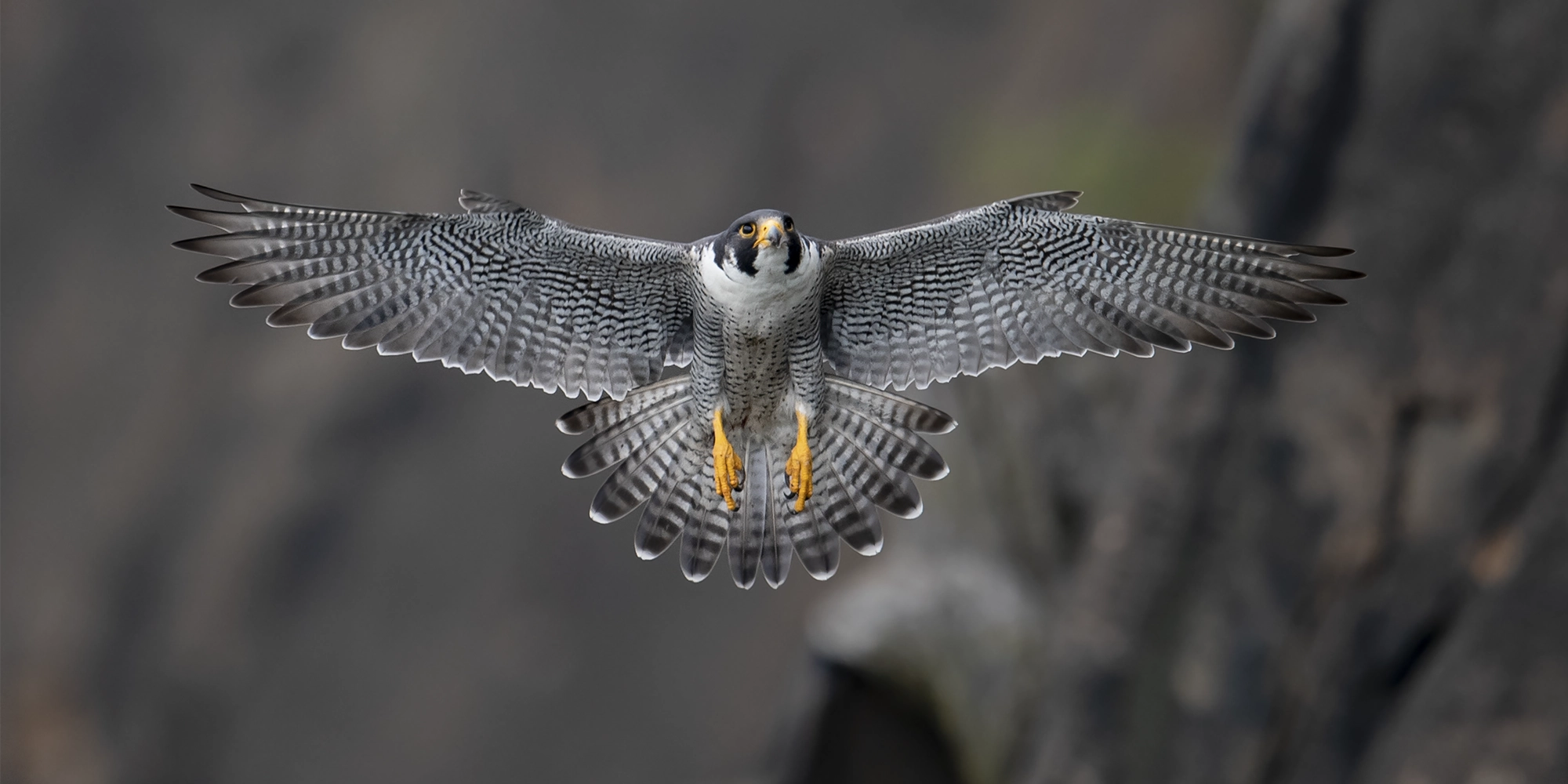
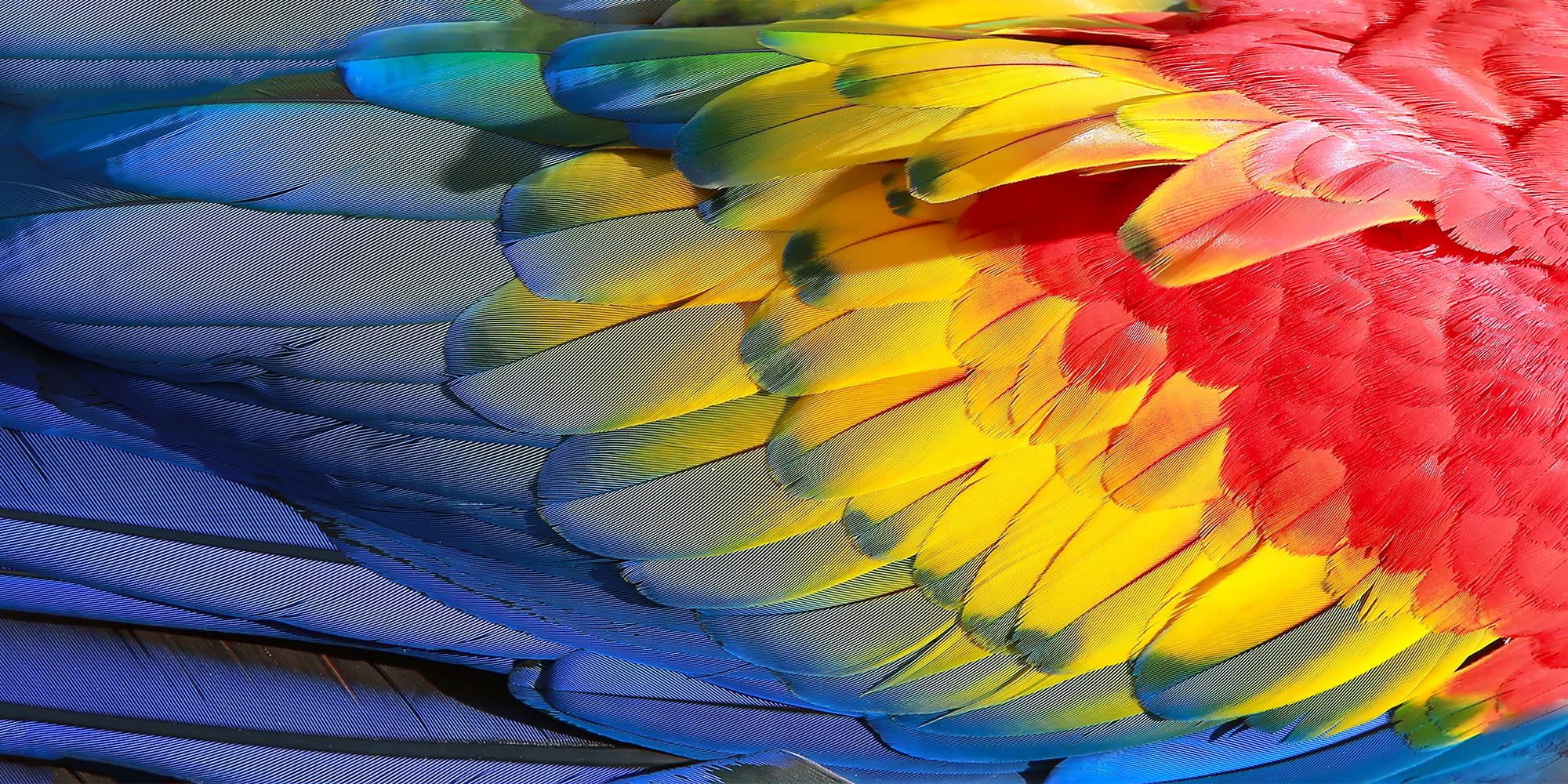
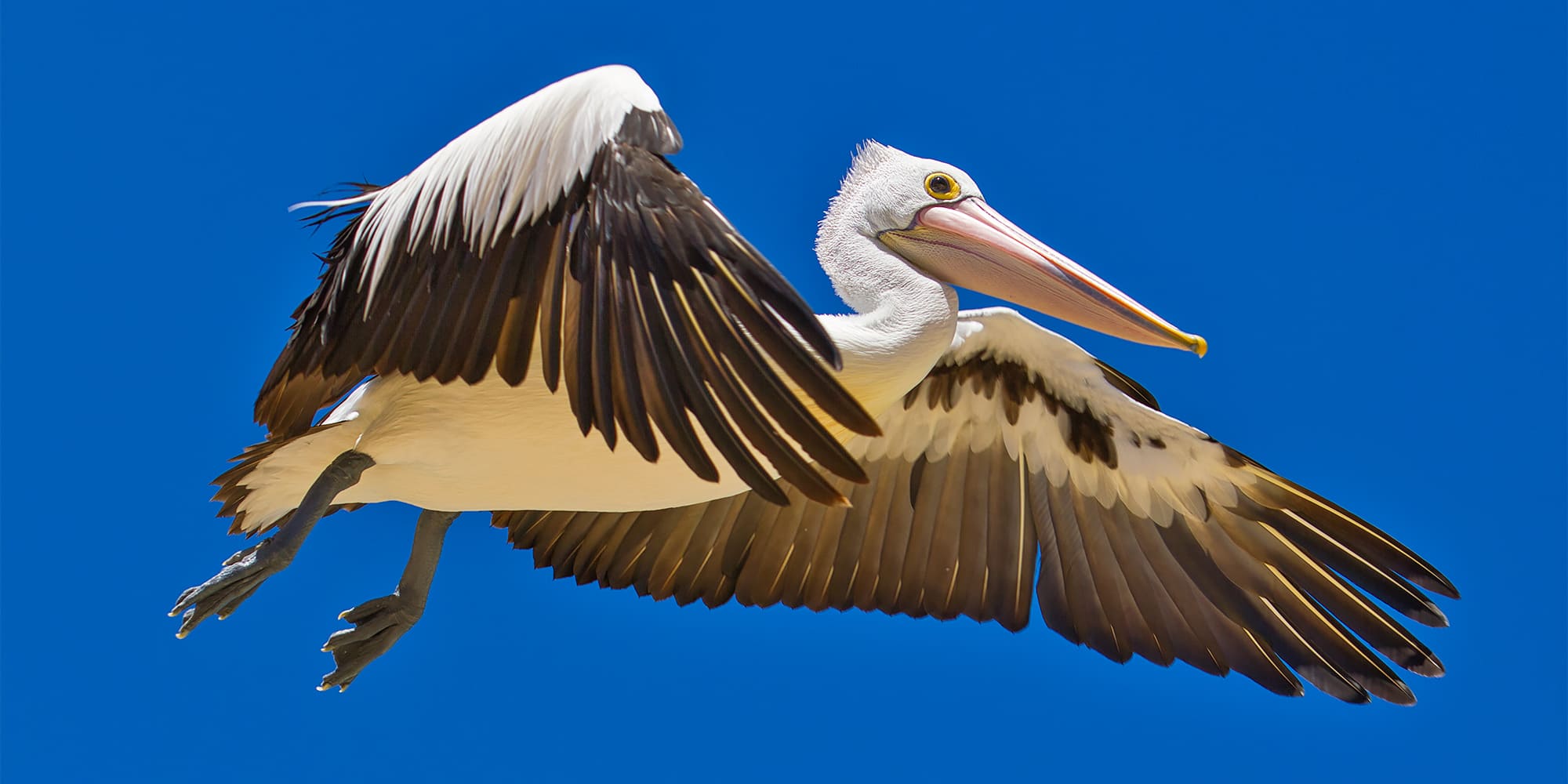
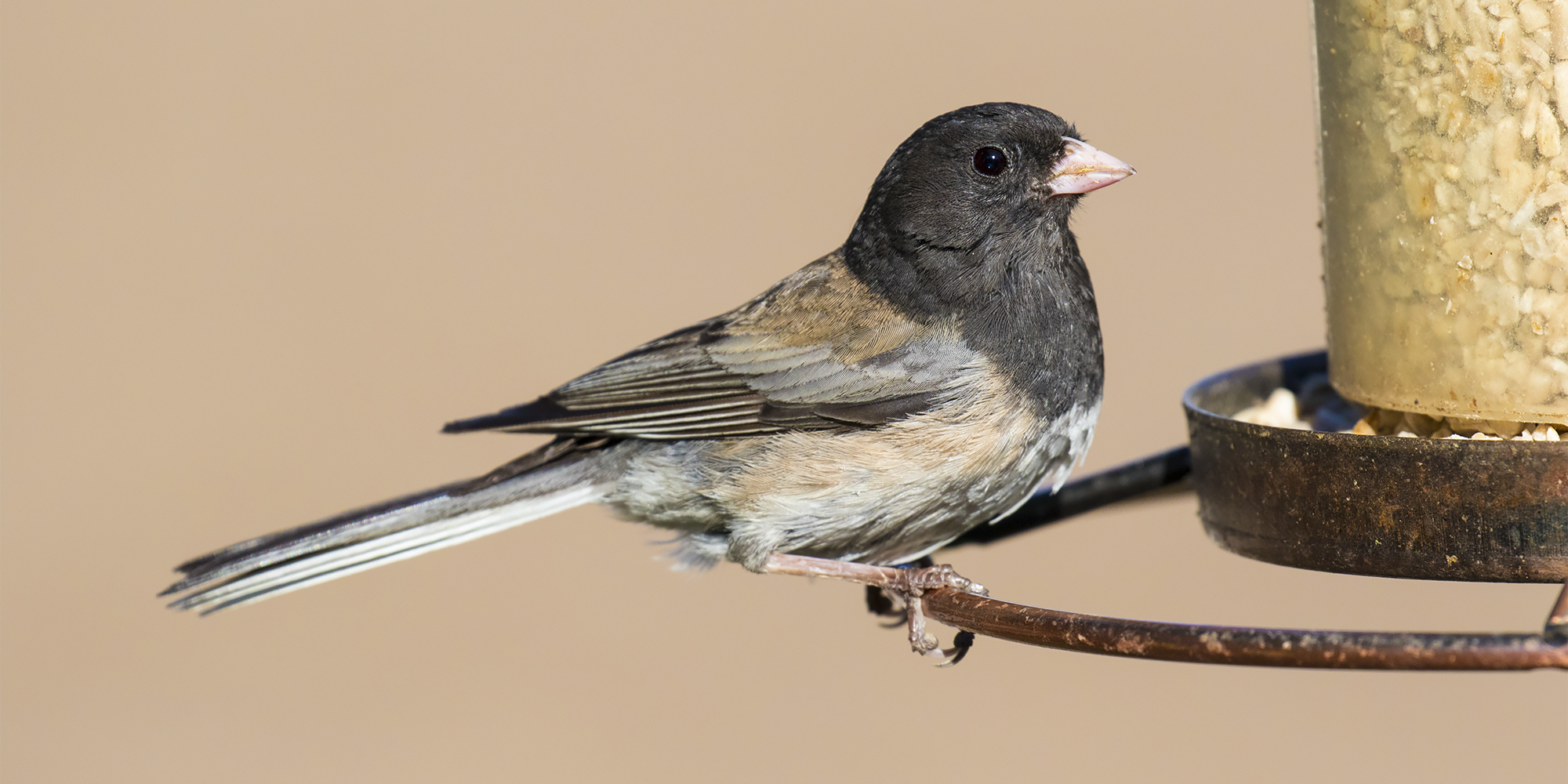

Post Comment